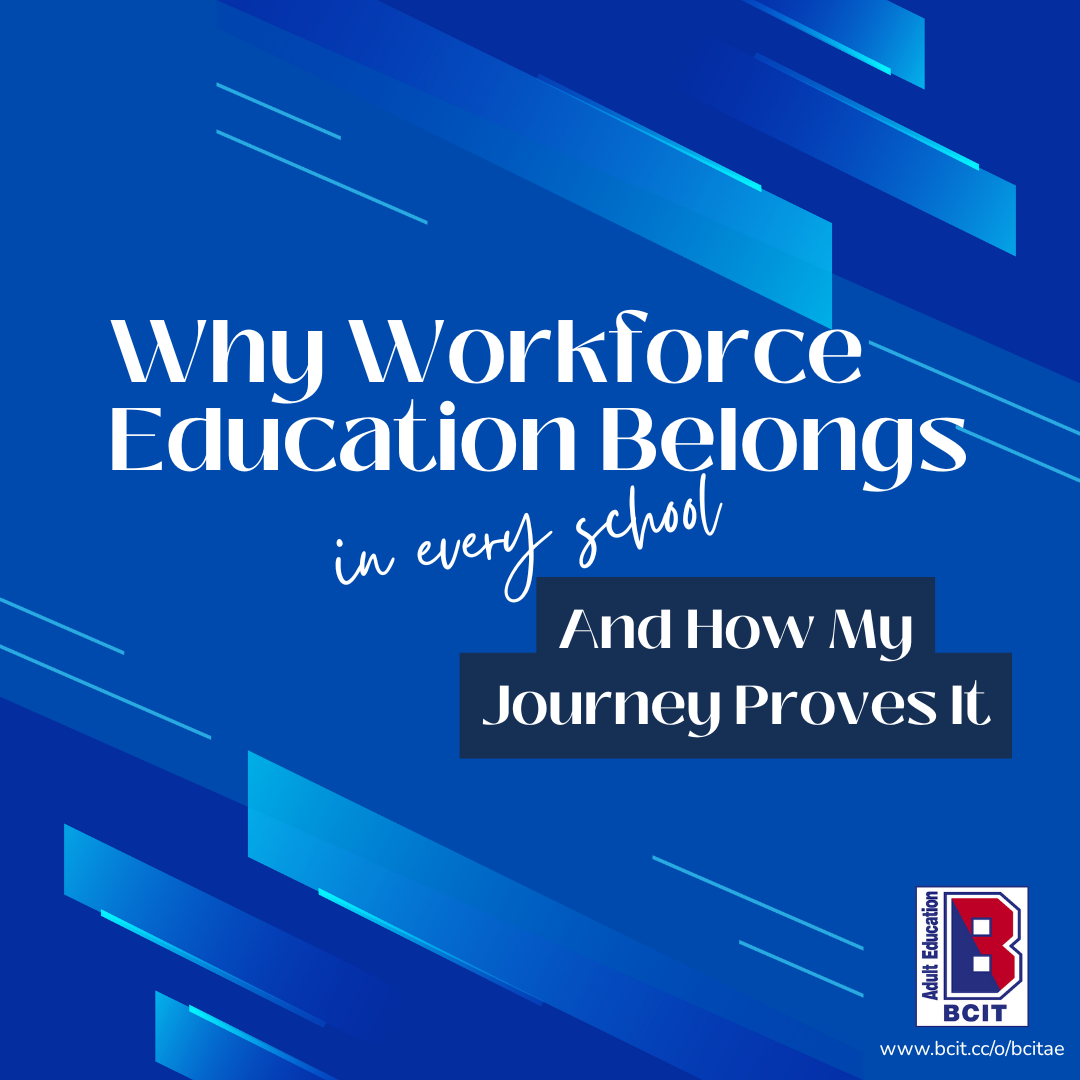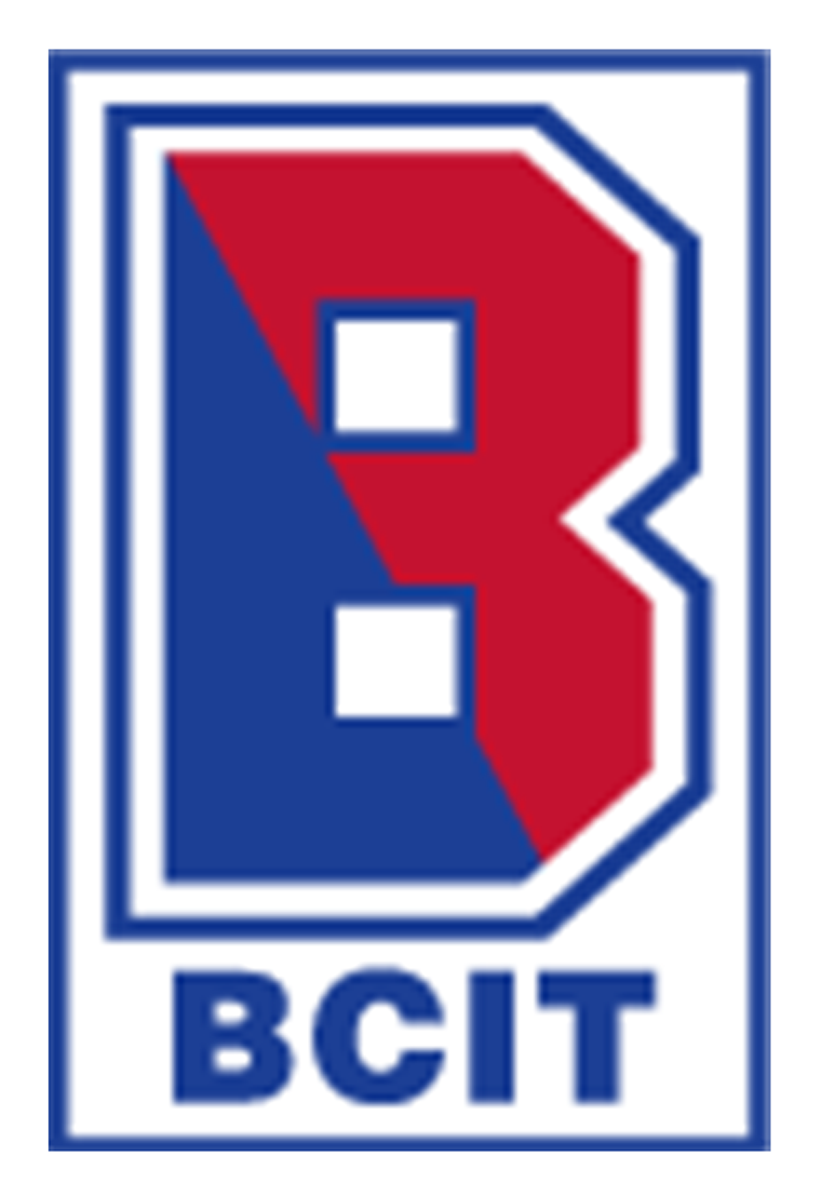Why Workforce Education Belongs in Every School—And How My Journey Proves It
If there’s one belief that’s stayed constant throughout my career, it’s this: we must build workforce education into the heart of our school systems. Not as a fallback plan. Not as something “less than” college. But as a real, respected, and vital pathway to success—starting as early as middle and high school.
I believe this not just from theory, but from experience. My journey didn’t begin in a college lecture hall. It began under the hood of a car.
From the Shop Floor to the Principal's Office
I started out as an automotive technician, turning wrenches, solving complex problems, and learning by doing. That experience shaped me—not just in terms of technical skill, but in the pride I took in mastering my craft. I went on to become an instructor for a major car manufacturer, training other technicians. That was my first taste of what it meant to share knowledge and see others grow.
Eventually, I became a high school shop teacher, then moved into administration as a CTE (Career & Technical Education) program leader, and now I serve as an Adult school principal. Along the way, I earned an associate’s degree in Business administration, followed by a bachelor’s degree in technology education. I later completed both a master’s and a doctorate in educational leadership—not because I wanted to leave technical education behind, but because I wanted to lead with a deeper understanding of how to elevate it.
We Must Shift the Narrative
Through every step, I’ve met brilliant people—smart, driven individuals who didn’t follow the traditional college path but found their success through skill, passion, and opportunity. Some of the smartest people I know didn’t get that label from standardized test scores or GPAs. They earned it by mastering a trade, by believing in the value of their work, and by enjoying what they do—especially when someone gives them a chance to grow.
And that’s why we need to change the way we talk about workforce education.
Too often, CTE is treated like “default education”—a second-tier option for students who aren’t “cut out” for college. That mindset is not just outdated—it’s damaging. It limits potential, undermines talent, and ignores the very real need for skilled workers in our economy.
Skills Are Not Second-Class
The world is hungry for skilled tradespeople, technicians, health workers, and artisans—jobs that pay well, offer real security, and create tangible value. Yet our schools often push a one-size-fits-all message: that college is the only route to success.
It’s time to broaden our definition of success. It’s time to honor skill, craftsmanship, and technical expertise as essential parts of our education system—not alternatives, but essentials.
The Future Is Hands-On
If we start embedding workforce pathways into middle and high schools—on equal footing with college prep tracks—we can unleash incredible talent. We can give students the chance to discover what they’re good at and what they love to do. We can prepare them not just for jobs, but for meaningful, fulfilling careers.
My passion for career and technical education isn’t just professional—it’s personal. I’ve lived it. I’ve taught it. I’ve led it. And I’ve seen firsthand how powerful it is when students are given the chance to grow, believe in themselves, and succeed—no matter which path they choose.
It’s time to build a culture that recognizes all forms of intelligence and values all pathways to success. Let’s make workforce education a cornerstone of our schools—not just for some students, but for all.
- Dr. McAlpin
Published 6/3/25

